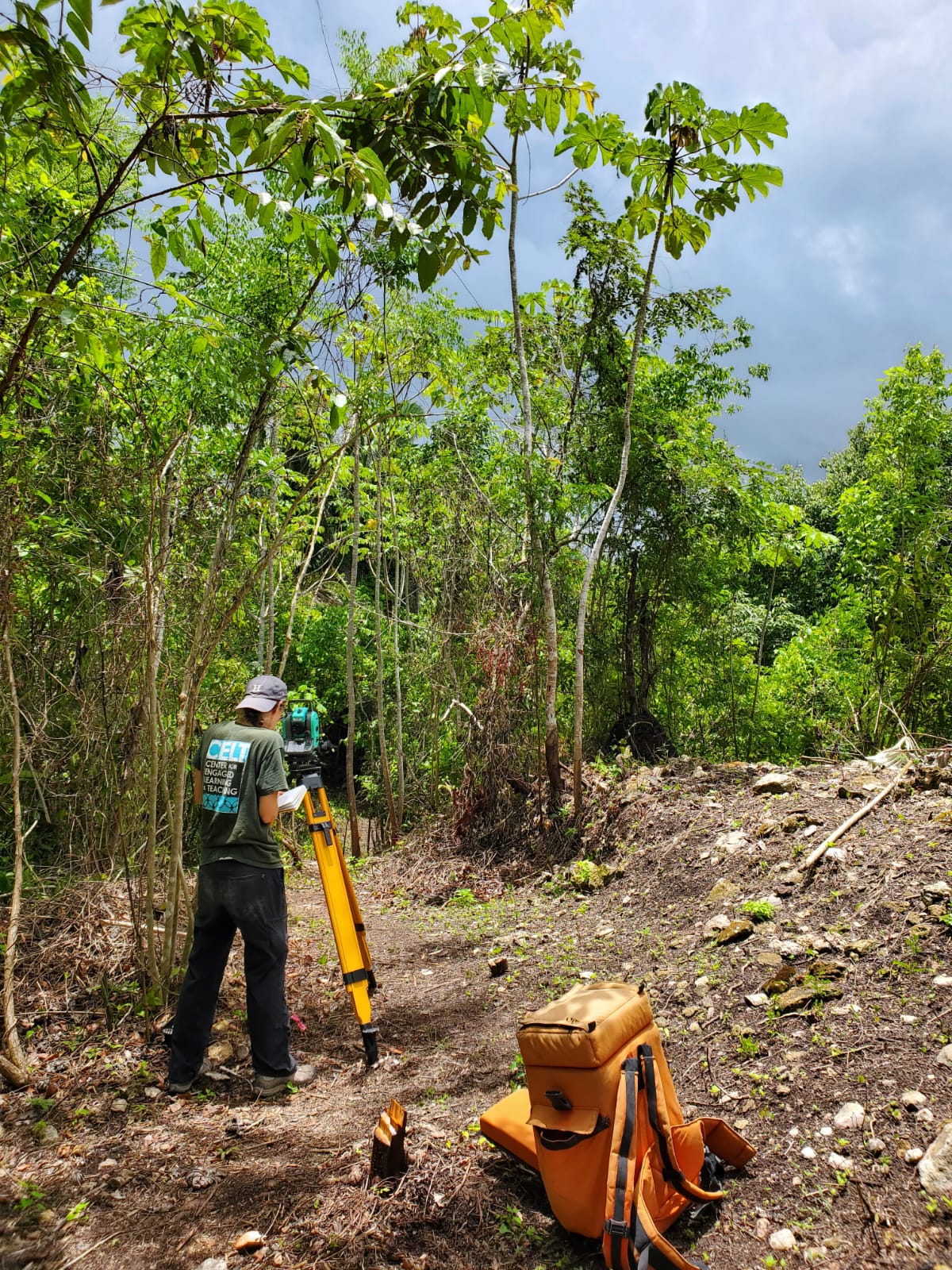April 8, 2024

To celebrate our 2024-2025 Grant recipients, we reached out to our winners to learn about their projects and their experiences in archaeology. We’re excited for you to meet Rachel Horowitz, this year’s Kathleen and David Boochever Endowment for Fieldwork and Scientific Analyses Grant recipient.
Kathleen and David Boochever Endowment for Fieldwork and Scientific Analyses Grant Recipient: Rachel Horowitz; Washington State University
Rachel Horowitz will use a 2024 grant from the AIA’s Kathleen and David Boochever Endowment Fund for Fieldwork and Scientific Analyses to answer the question, “How did chert lithic resources circulate through economies in the lowland Maya region?” With Laser Ablation Inductively Coupled Plasma Mass Spectrometry sourcing, Horowitz’s project will trace chert stone tools previously excavated from the site of El Perú-Waka’ in Guatemala from extraction through production, exchange, use, and discard to provide new information on economic activity in Classic period Maya society.
How did you get your start in archaeology?
One year for my birthday, when I was 8 or 9, my aunt gave me a mock excavation kit where you could excavate a Maya pyramid out of block of clay. I excavated the miniature pyramid and was hooked! I wanted to learn more about archaeology and decided then that I wanted to be an archaeologist. Most people thought that I would grow out of this interest, but I stuck with it. I still have that model I ‘excavated’ and I now display it on a shelf in my office.
Where in the world has archaeology brought you (fieldwork, research, conference travel, etc.)?
I have gotten to travel to lots of different places that I never thought I would go for research! I have conducted fieldwork and/or performed laboratory in the western United States (Nevada), Mexico, Belize, Guatemala and Namibia. I have also gotten to travel to Honduras to visit other Maya sites and to Israel to go to a conference on understanding perspectives on stone.
What is one of the most memorable things that has happened to you in the field?
I have many favorite memories of fieldwork, but one that stands out is one particular field vehicle stuck in the mud story. At the time I was conducting research at a stone raw material quarry. I travelled to site with another group, and then would walk down the hill to the Mopan River, cross the River (in an upside down camper top/barge), and then hike up a hill to get to the quarry. On the way back, I did this in reverse, meeting up with that group to drive back to where we were staying. One day it rained a lot, and after walking up the hill to meet everyone, the car was stuck in the mud! This was not an unusual occurrence, but the car was extra stuck because of how much rain we had had, and we had to wait for someone to come with another vehicle to pull us out. This time stands out because it was one of the few times I have ever been cold while doing research in the tropics and because I remember having a lot of fun while waiting for someone to help get the vehicle out!
How has the AIA contributed to your success/professional goals?
I have been involved in AIA as a national lecturer and am a current board member and Secretary for the Spokane Chapter of the AIA (the closest local chapter to me). AIA has enabled me to make connections with other archaeologists who live nearby me and provided opportunities for me to share my research with wider public audiences. The current grant will provide funding for an innovative project, which I am very excited to see through.
Rachel’s innovative approach to tool analysis, made possible by donors like you, sheds new light on ancestral Maya economies and contributes to our understanding of ancient sociopolitical structures. Your contribution can help fund groundbreaking research like Rachel’s and help send archaeologists into the field.
Learn more about what Fellowship opportunities are available through the AIA or reach out to our Programs and Professional Services Coordinator, Kati Albert at kalbert@archaeological.org.